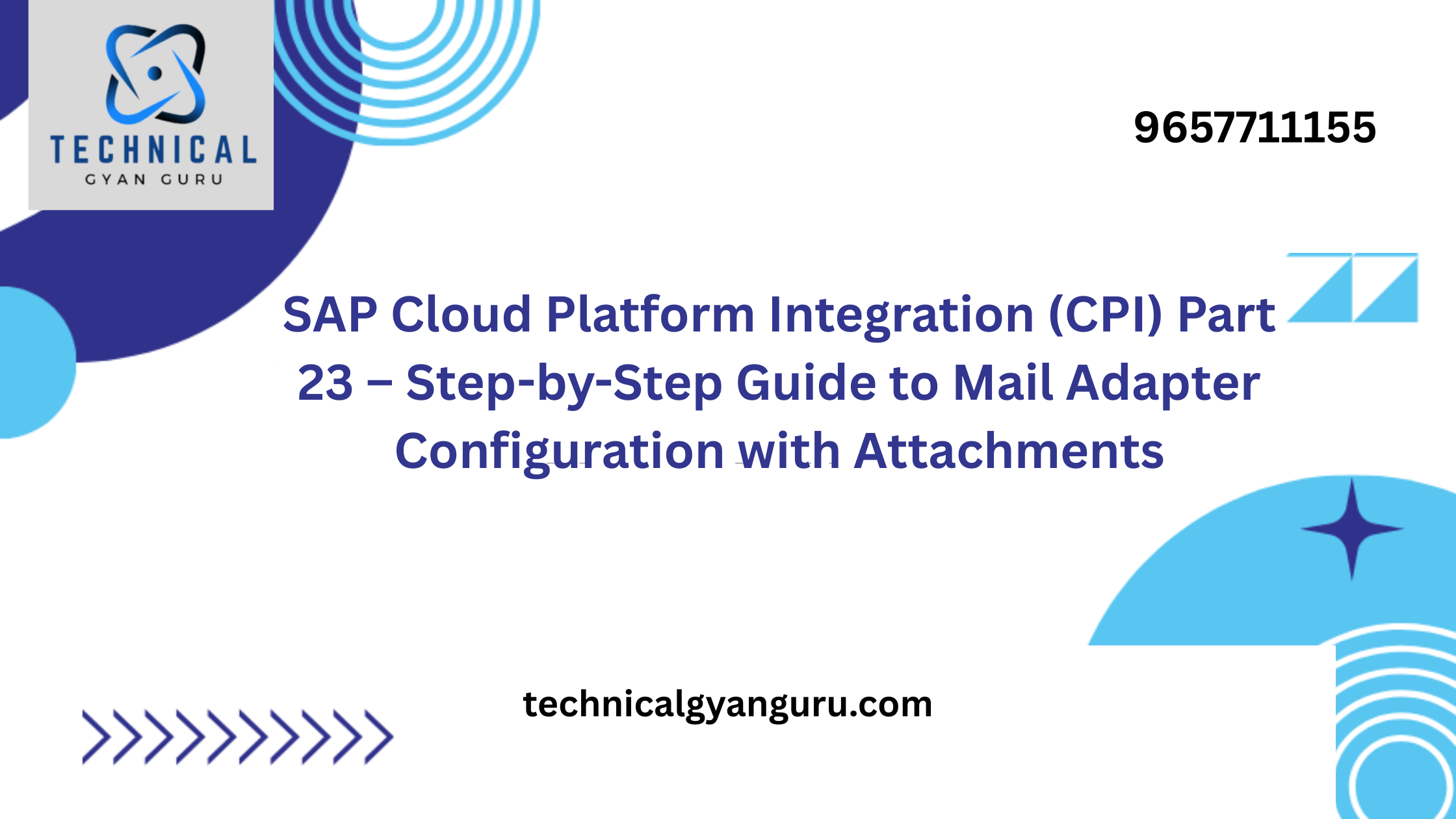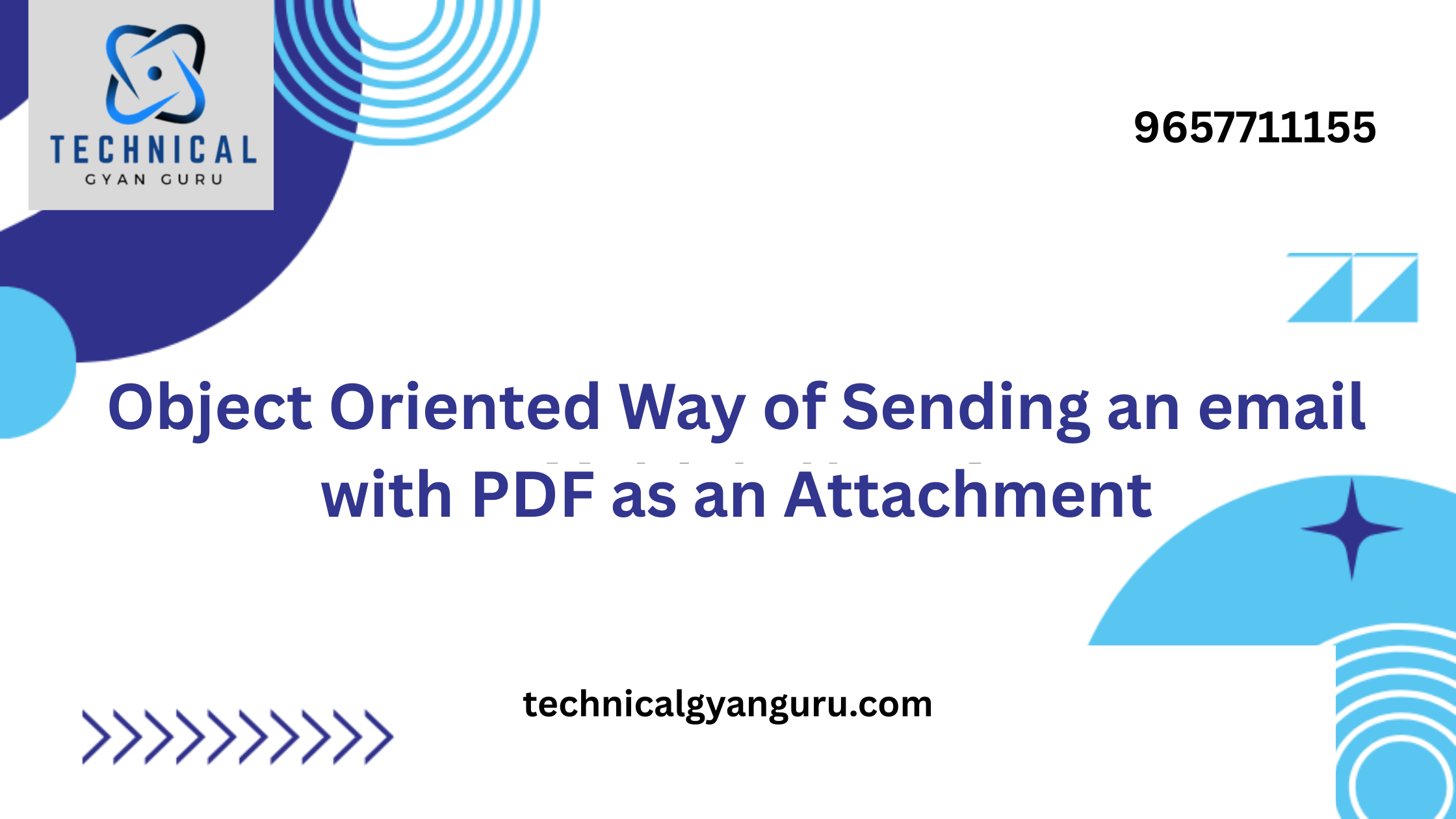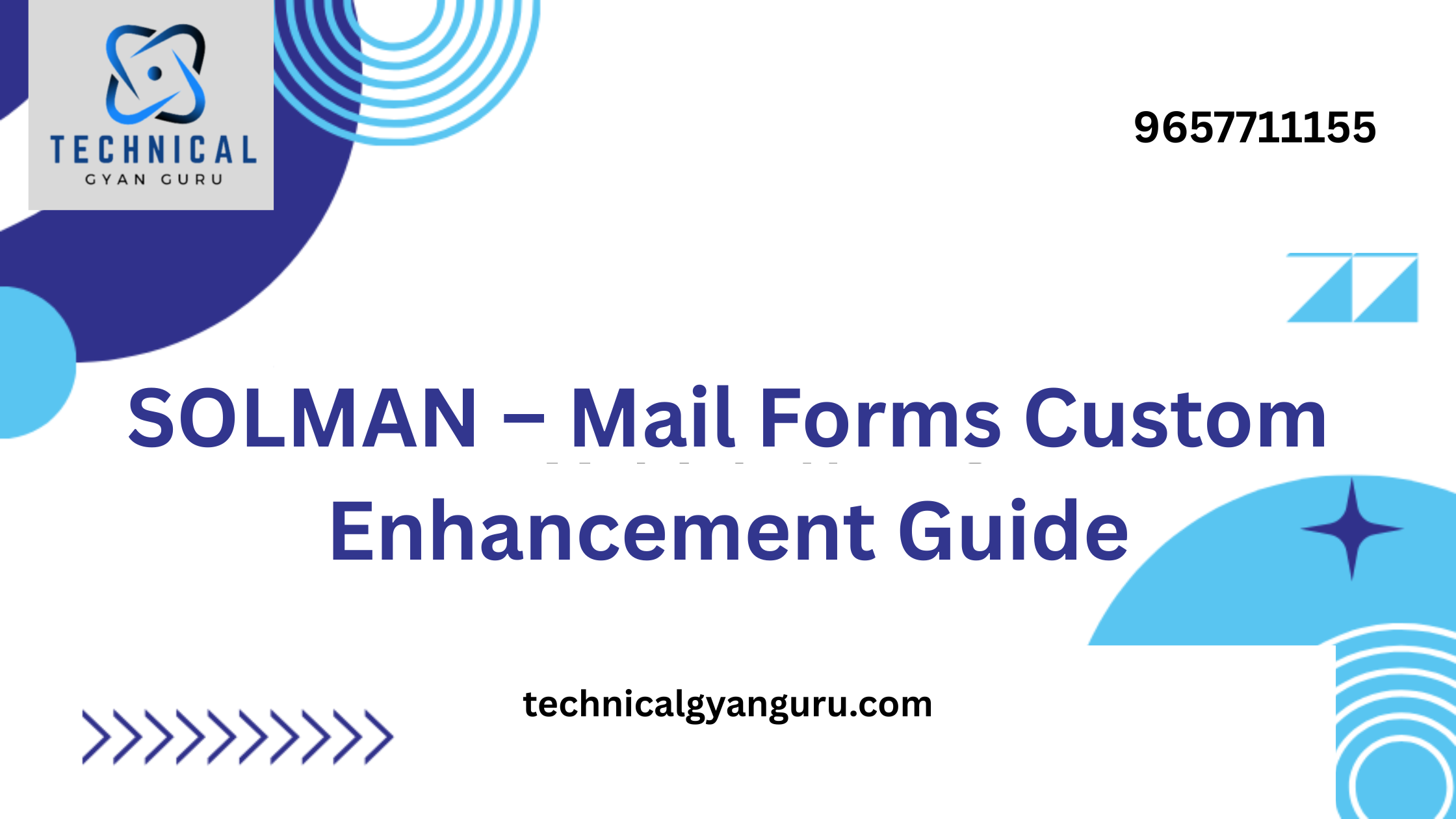Introduction: SAP GUI
SAP GUI: In the vast and intricate landscape of enterprise resource planning (ERP) systems, SAP (Systems, Applications, and Products) stands out as a global leader. At the forefront of accessing and interacting with SAP solutions is the SAP GUI (Graphical User Interface). In this blog post, we’ll unravel the significance of SAP GUI, exploring its role in providing users with a powerful, intuitive interface for seamlessly navigating and leveraging the capabilities of SAP applications.
Understanding SAP GUI:
Overview:
SAP GUI, or SAP Graphical User Interface, is the interface through which users interact with SAP applications. It serves as the bridge between users and the diverse functionalities offered by SAP, providing a user-friendly and visually intuitive means of accessing and managing business processes.
Key Components and Features:
- Graphical Interface:
- SAP GUI offers a graphical and intuitive interface that allows users to interact with SAP applications using graphical elements such as buttons, icons, and menus. This enhances user experience and reduces the learning curve for new users.
- Rich Set of Functionalities:
- SAP GUI provides access to a rich set of functionalities encompassing various SAP modules such as SAP ERP, SAP S/4HANA, SAP BW (Business Warehouse), and more. Users can execute transactions, run reports, and perform tasks related to their specific roles.
- Customization Options:
- Users can customize their SAP GUI layout to suit their preferences and work requirements. This includes adjusting the layout of screens, creating personalized menus, and defining shortcuts for frequently used transactions.
- Multilingual Support:
- SAP GUI supports multiple languages, facilitating global organizations with diverse linguistic requirements. Users can interact with SAP applications in their preferred language, enhancing accessibility for users across the world.
- Accessibility Features:
- To ensure inclusivity, SAP GUI incorporates accessibility features such as screen reader compatibility and keyboard shortcuts. This enables users with varying abilities to navigate and interact with SAP applications effectively.
- Connection to SAP Servers:
- SAP GUI establishes connections to SAP servers, allowing users to access centralized data and execute transactions. It supports various communication protocols, including SAP GUI for HTML, SAP GUI for Java, and SAP GUI for Windows.
- Secure Authentication:
- Security is paramount in SAP environments. SAP GUI supports secure authentication methods, including single sign-on (SSO), ensuring that only authorized users can access sensitive business data and processes.
Types of SAP GUI:
1. SAP GUI for Windows:
- The Windows version of SAP GUI is the most commonly used interface. It is designed for Microsoft Windows operating systems and provides a comprehensive set of features and functionalities.
2. SAP GUI for Java:
- SAP GUI for Java is a platform-independent version that can run on various operating systems, including Windows, Linux, and macOS. It offers flexibility for users who work in heterogeneous IT environments.
3. SAP GUI for HTML:
- SAP GUI for HTML enables users to access SAP applications through a web browser. This lightweight version is suitable for scenarios where installing dedicated client software is not feasible.
The SAP GUI Evolution:
Over the years, SAP GUI has undergone several transformations to adapt to evolving technologies and user expectations. The evolution includes advancements in user interface design, support for new functionalities, and enhanced integration capabilities with other SAP products.
Conclusion:
SAP GUI serves as the gateway to the powerful functionalities and vast capabilities offered by SAP applications. Whether users are executing transactions, generating reports, or managing business processes, SAP GUI provides a versatile and user-friendly interface. As SAP continues to innovate and adapt to the digital landscape, SAP GUI remains a foundational component, empowering users to navigate the complexities of enterprise resource planning with efficiency and ease. Understanding the features and evolution of SAP GUI is essential for SAP professionals and users alike, ensuring a seamless and productive experience within the SAP ecosystem.







